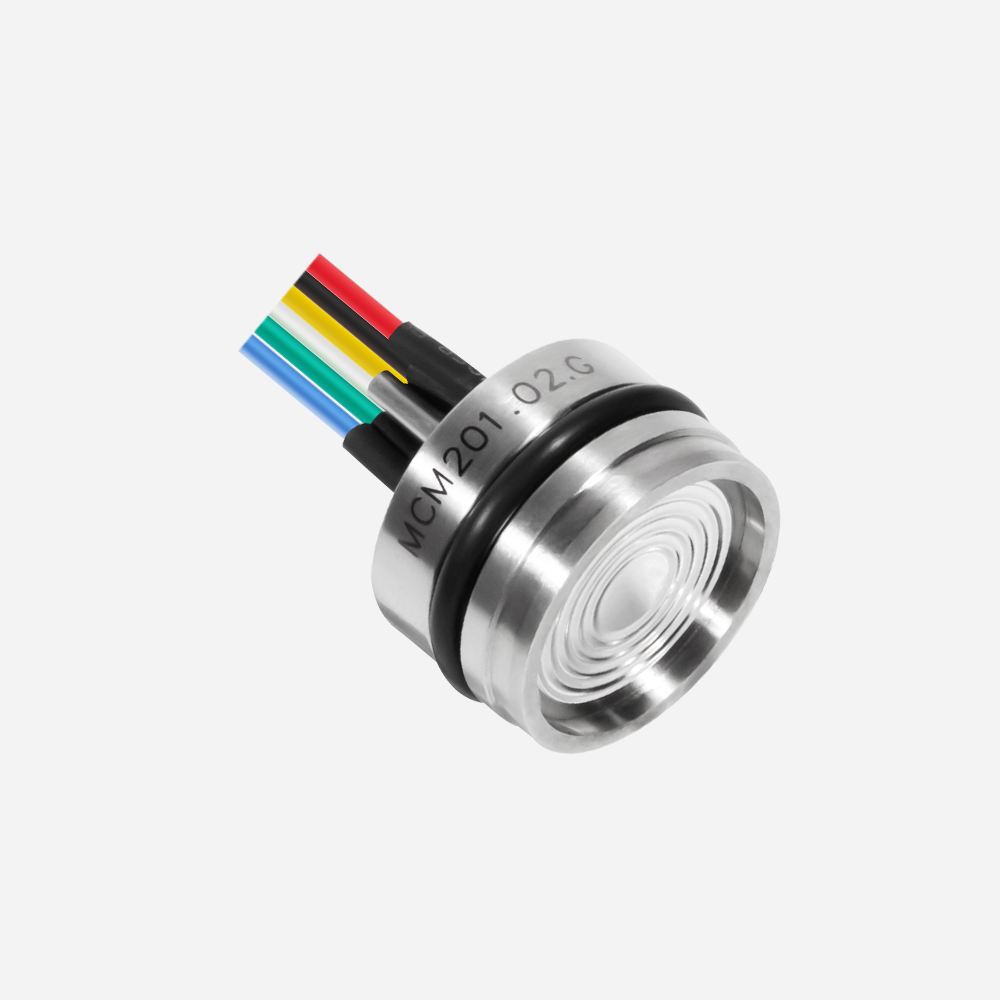Piezoresistive pressure sensors use a silicon-based Wheatstone Bridge to measure pressure. They usually extend slightly under pressure in return charging the electrical resistance. That is what is known as a piezoresistive effect.
What are piezoresistive pressure sensors used for?
Piezoresistive pressure sensors are mainly drift-free and hence ideal for measuring static pressures. The sensors are the first choice for various applications due to their robustness and simplicity. You can use them to measure gauge, absolute, differential, and relative pressures in low and high-pressure environments.
How piezoresistive technology works
The word piezoresistive includes the term “piezo,” which means press or squeeze. In these sensors, there are four different resistors in a silicon diaphragm that measure the result of physical pressure or strain applied to them. The perceptible difference in resistance is then converted via a Wheatstone bridge circuit into an output voltage.
The piezoresistive pressure technology or principle was among the first ones to be utilized in MEMS technology. As such, it is used more times than the capacitive one. Also, because of the widespread utility of the piezoresistive principle, as well as low production cost, the sensors are mostly used in electronic gadgets and in vehicles.
Working principle
As mentioned above, these types of sensors mainly use a strain gauge made of a conductive material that creates electrical resistance when stretched. In this scenario, the strain can be attached and connected to a diaphragm that detects the difference in resistance when the sensor is stretched. The difference in resistance is what finally changes to an output signal.
Pressure sensing elements
The pressure-sensing elements can be made of a semiconducting material or a metal. The difference in resistance is due to the change in length and cross-section area of the material used. For example, in some metals like platinum alloys, the effect can enhance the sensitivity by a factor or two.
Function
The pressure difference is normally quantified in the Wheatstone bridge circuit. This allows even very minimal changes to be converted to an output voltage.
This means that the output voltage will be zero when all the sensors are balanced and there is no strain. But if there is any change in resistance, regardless of minimal it is, it will lead to a corresponding output current or voltage.
You can improve the performance by four or two sensors in the Wheatstone bridge circuit, with each pair being subject to opposite or equal strain. This will enhance the output and reduce the sensing elements’ temperature effect.
Advantages and disadvantages
These types of piezoresistive pressure sensors are very robust. Also, the calibration and performance can be stable for a while. The only con of these tools is that they use more power than their capacitive counterparts.
That essentially means that they are not ideal for portable systems or battery-powered gadgets. That notwithstanding, metal film sensors are more durable and sturdy. They also have higher operating temperatures (100 degrees Celsius) than their silicon strain counterparts which operate at less than 100 degrees Celsius.
Nonetheless, Silicon strain gauges have a bigger output signal, making them ideal for low-pressure systems.
Generally, MEMS pressure sensors are usually smaller in size than metal wire sensors meaning they can integrate well with smaller electronic gadgets for signal processing. This can control temperature dependence and non-linearity..

